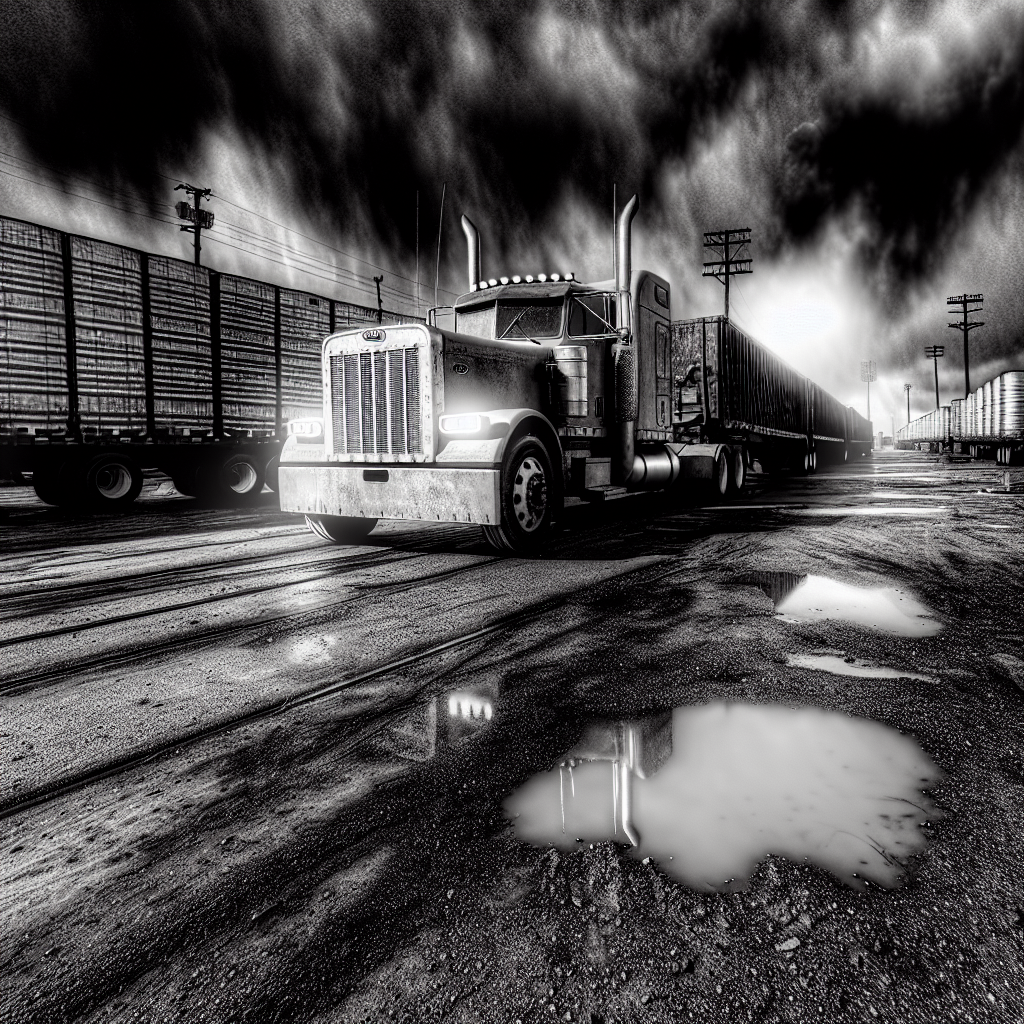Landstar’s latest quarter underscored an increasingly two-speed truckload market: industrial-and-project freight is doing more of the heavy lifting while consumer-oriented dry van continues to idle. In the three months ended Sept. 27, Landstar’s truckload revenue hauled on unsided/platform equipment — the company’s flatbed and specialized lanes — rose to $386 million from $370 million a year ago. Van revenue slipped to $583 million from $604 million, even as overall sales were essentially flat year over year at $1.205 billion. Management also highlighted a sequential increase in its network of leased owner-operators, a first since early 2022 — a sign that capacity on Landstar’s platform is stabilizing where the freight is.
The split tracks what many carriers are experiencing on the ground. Dry van pricing has barely budged for two years, with DAT data showing the average contract rate, including fuel, at $2.42 per mile in September — still above spot and still stubbornly flat. For shippers, that stability has reduced urgency; for carriers, it has prolonged a margin squeeze. Against that backdrop, flatbed’s exposure to construction, energy, steel and machinery has offered comparatively firmer demand and pricing power, helping explain Landstar’s relative outperformance in platform freight.
Costs aren’t standing still, however. The national average on‑highway diesel price ticked up to $3.718 per gallon on Oct. 27, the largest weekly increase this month. That’s a headwind for small fleets and leased owner‑operators who live on linehaul minus fuel and who rely on timely fuel surcharge pass‑throughs — particularly in spot‑exposed segments.
Outside of Landstar, fresh earnings snapshots point to an industry still waiting for a broad turn. Ryder said Oct. 28 that muted commercial rental demand persisted and it pared rental capital spending versus last year — classic late‑cycle behavior when fleets delay adding tractors and trailers until freight tightens decisively. That caution is consistent with the “pause” in dry van pricing and helps explain why capacity is leaving some places (consumer freight) and gravitating to others (industrial projects).
Why it matters: for-hire fleets with specialized gear and the agent/broker reach to capture heavy haul, project cargo and power‑only moves are finding more shelter in today’s market than pure van carriers. Landstar’s mix shift — more revenue share from unsided/platform freight and incremental growth in its leased‑on truck population — suggests it’s leaning into that reality. If project pipelines stay intact and industrial activity holds, platform carriers should retain a relative advantage even if the consumer side remains tepid. The near‑term watch items are fuel costs, Q4 industrial order trends and any sign that van contract rates begin to reprice off the floor; until then, expect the flatbed/dry‑van divergence to define the rest of 2025’s spot and contract negotiations.
Sources: FreightWaves, Landstar System (GlobeNewswire), Trucking Dive, U.S. Energy Information Administration
This article was prepared exclusively for TruckStopInsider.com. Republishing is permitted only with proper credit and a link back to the original source.





